As we know, rice is both an important food source and a strategic export item of Vietnam.
On average, our country produces about 26 - 28 million tons of rice each year. After domestic consumption, the export volume is about 6 - 6.5 million tons of rice per year, of which the Mekong Delta accounts for more than 50% of the output and more than 90% of the country's rice exports. Rice export plays an important role in Vietnam's socio-economic development. Each year, the amount of rice exported from Vietnam accounts for about 15% of the total rice exported worldwide.
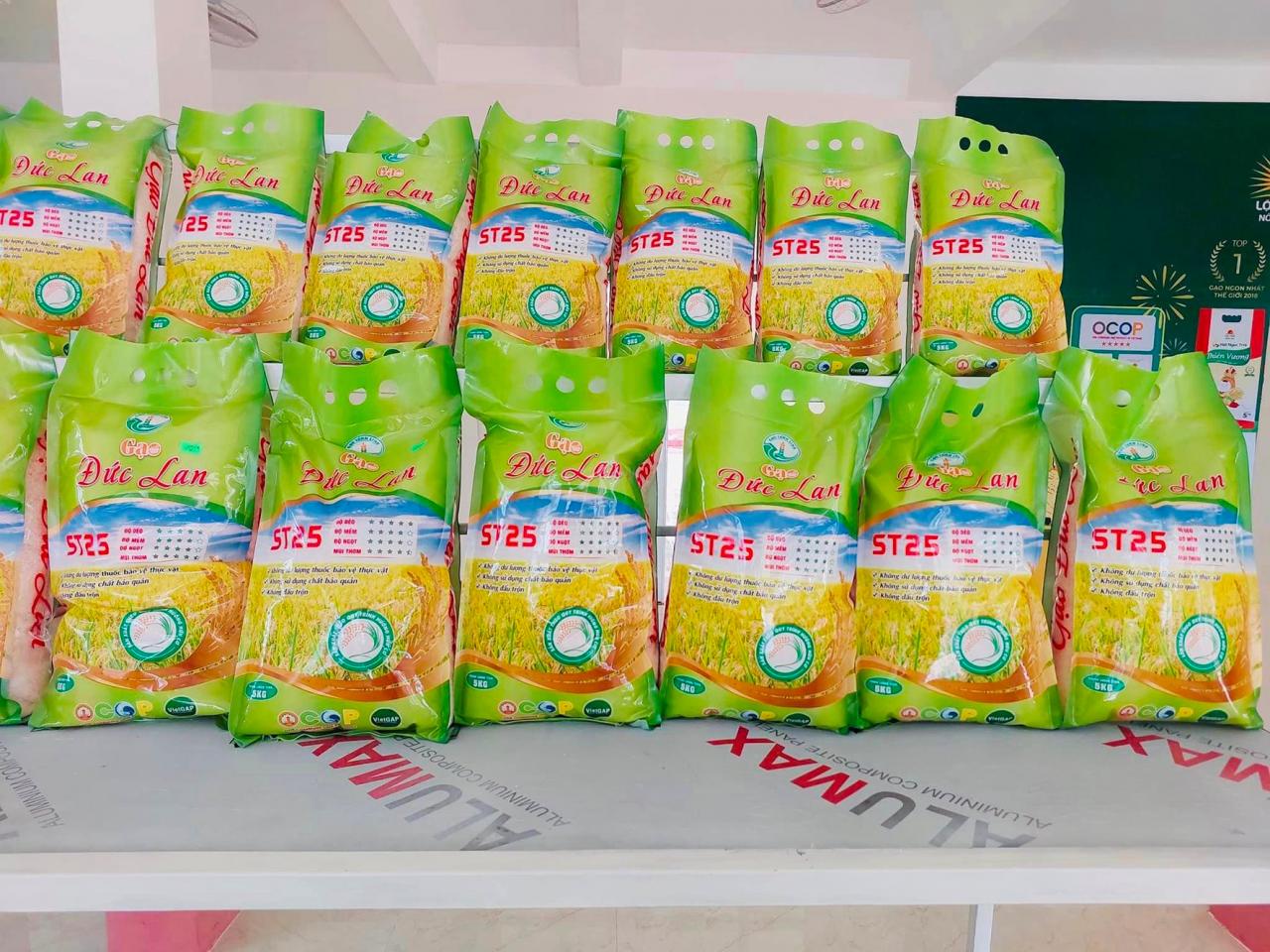
Currently, our country ranks third in the world in rice export output, but in terms of value, it is very modest, because our country's rice is in the low-middle segment. In the context of international economic integration, in order for Vietnamese rice to penetrate large markets, increase competitiveness and sustainability, converting rice production towards high quality and safety associated with consumption is a right direction to increase production value, increase income for farmers, and at the same time restructure our country's rice industry in the direction of shifting from low-end markets to high-end markets and gradually building a rice brand. For Binh Thuan province, with the efforts of all levels, sectors and people in the province, the role of ensuring food security in socio-economic development in the province has been increasingly enhanced, especially in solving agricultural, farmer and rural issues associated with promoting industrialization and modernization of the country. Accordingly, the province's rice land planning is maintained in conjunction with investment and effective promotion of irrigation, contributing to expanding production area, timely direction of seasonal measures, intensive investment, reasonable conversion of crop structure, effective organization of disease prevention, so food output increases every year. In addition, the mechanization in agricultural production continues to change positively. In particular, the province is aiming to produce high-quality rice with great economic value.
To achieve the above goal, in 2022, the Provincial Agricultural Seed Center implemented a biosafety ST25 rice production model in Tanh Linh district. Biosafety ST25 rice production is applied with reasonable sowing density, using biological pesticides only when absolutely necessary, while increasing organic fertilizers and reducing chemical fertilizers, so it is less toxic, environmentally friendly, and the rice produced is safe and of quality in line with the current development orientation of the agricultural sector. Initial results show that the biosafety ST25 rice cultivation model has brought many benefits, not only creating safe agricultural products that are beneficial to human health but also raising awareness, changing farmers' farming methods, contributing to protecting the environment and field ecosystems. Tanh Linh district is identified by the province as one of the key rice growing areas of the province because the district has more than 11,000 hectares of rice cultivation, located in the La Nga river basin. In order to improve the quality of rice and at the same time create motivation for farmers to make strong changes in applying scientific and technological advances in production, Tanh Linh district has implemented a high-quality rice production program through the linkage of "4 houses" (farmers, the State, scientists and enterprises). Up to now, the program has been effective in helping farmers expand production, increase income and contribute to improving the quality of Tanh Linh rice. Tanh Linh district also plans and builds concentrated rice seed production areas in the direction of socialization. Implementing Decision 62/2013 of the Government on policies to encourage the development of cooperation, linking production with agricultural product consumption, and building large-scale model fields, Tanh Linh district also deployed the construction of large-scale model fields on the basis of 3,000 hectares of existing high-quality rice.
To develop high-quality rice products in a safe and sustainable direction, integrating rice more deeply into the domestic and international economy, Binh Thuan province, together with the whole country, reorganizes production, forms large fields, and links with farmers. Organizes production cooperation models to bring the best income to rice growers. Apply science and technology to production to adapt to climate change and develop new markets. In addition, the province continues to review and promptly and properly implement mechanisms and policies to support the development of rice production and business. Promote research, application, and transfer of technical advances and new technologies into production, creating a breakthrough in the quality of food products. Implement planning for high-tech agricultural areas, apply mechanization to the stages of production, preservation, processing, and consumption of food, towards clean, environmentally friendly agriculture. Along with that, build and replicate cooperation models, linking in a closed chain from production to consumption of food, foodstuffs...
Source












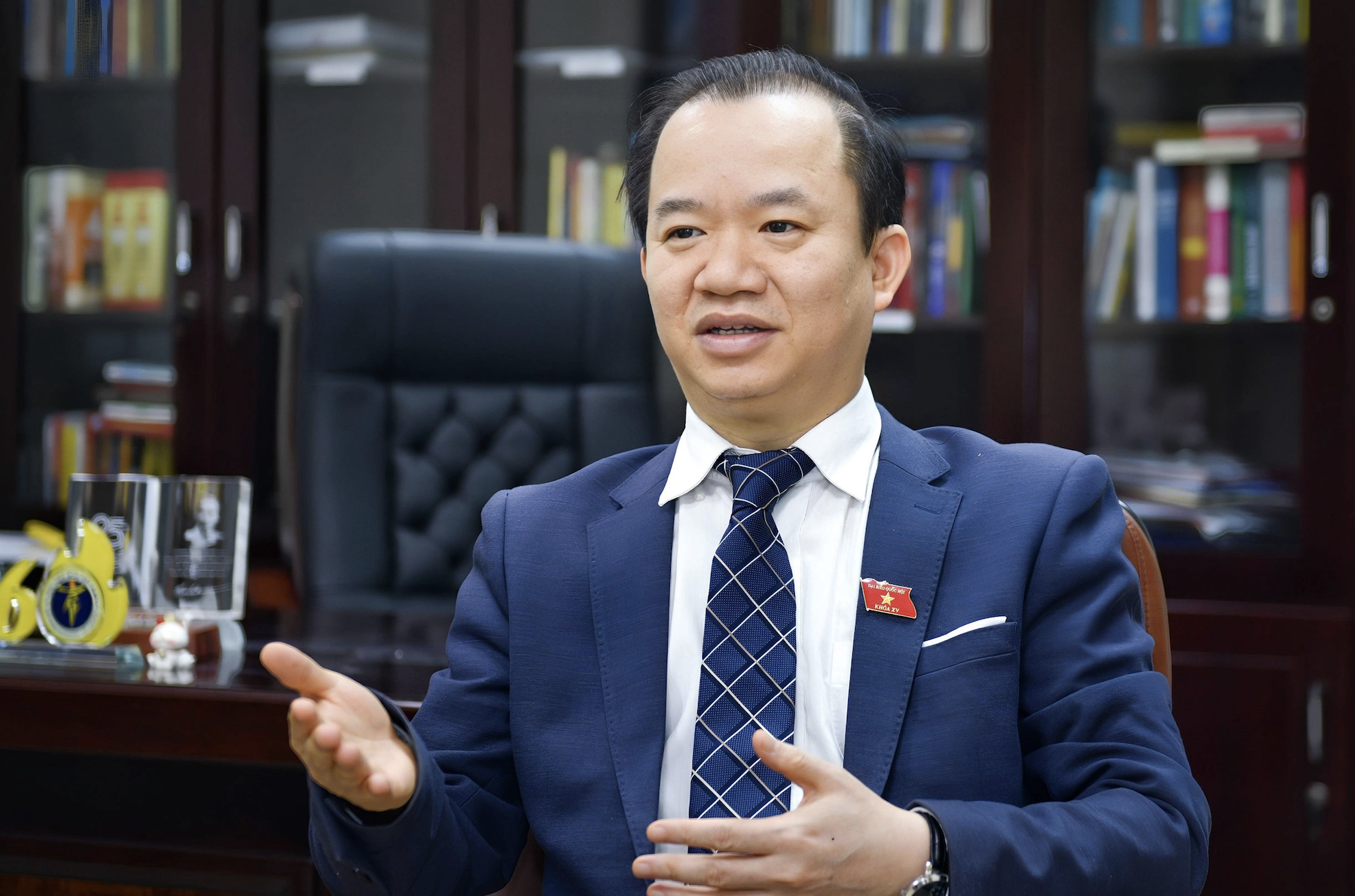

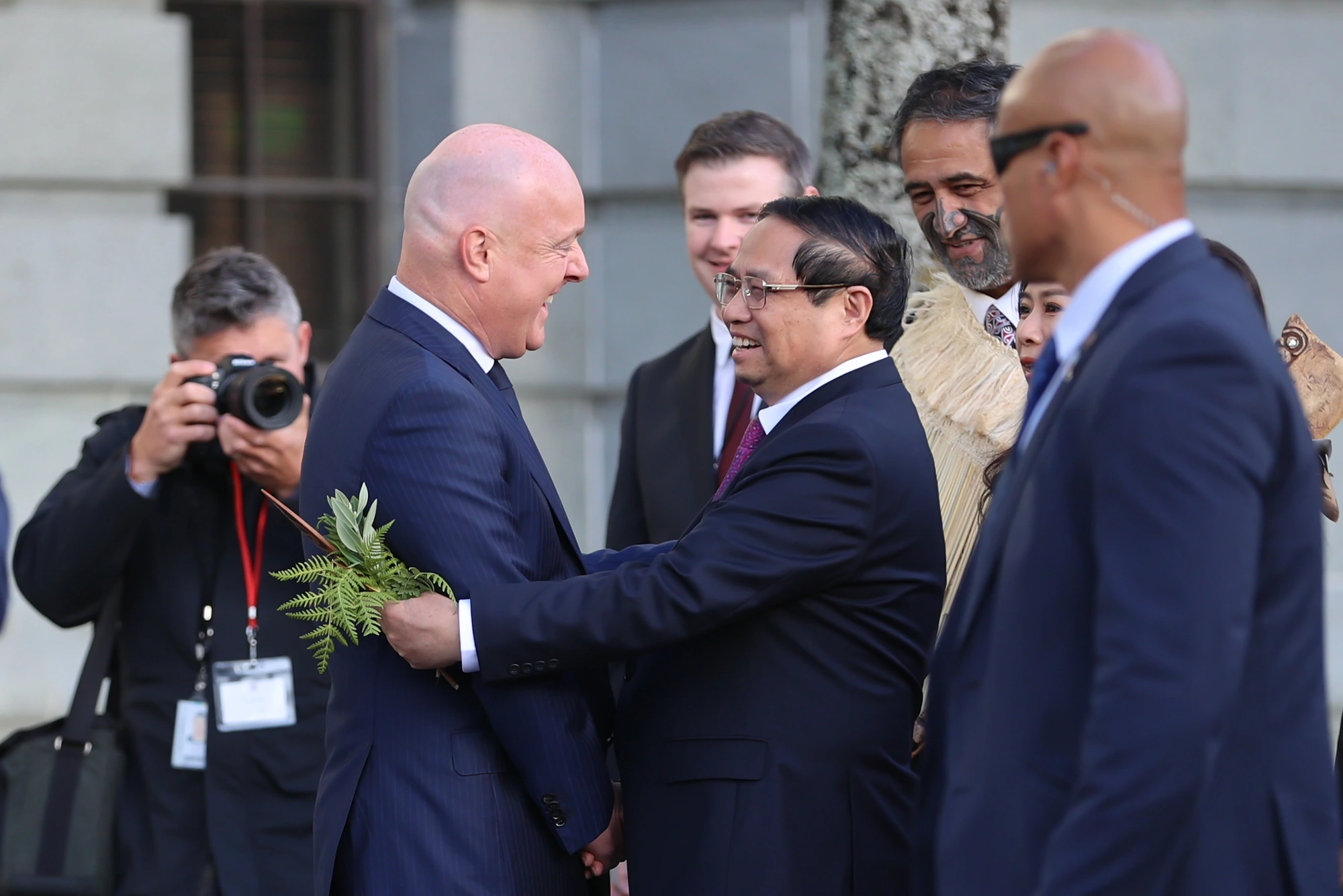

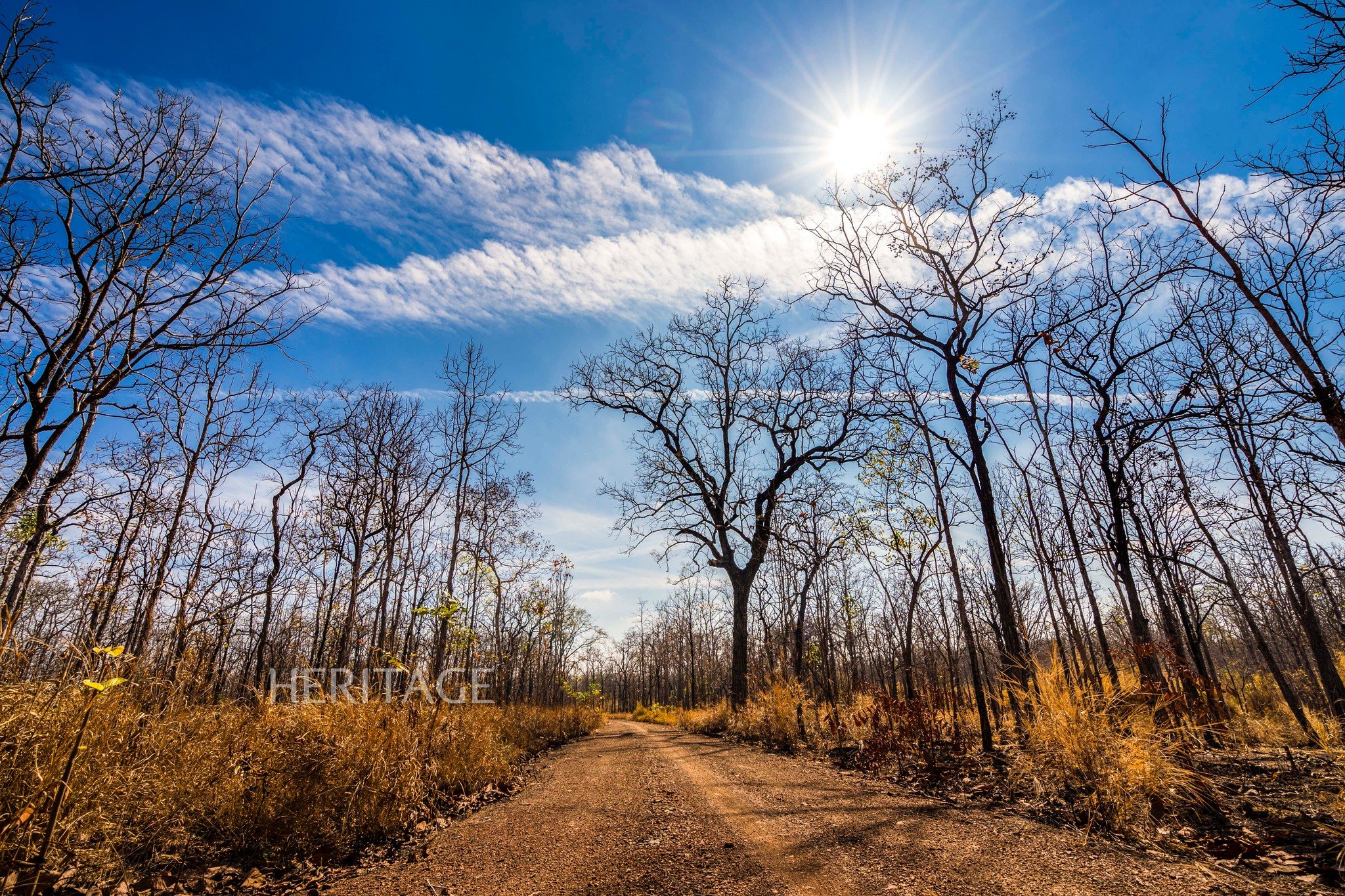

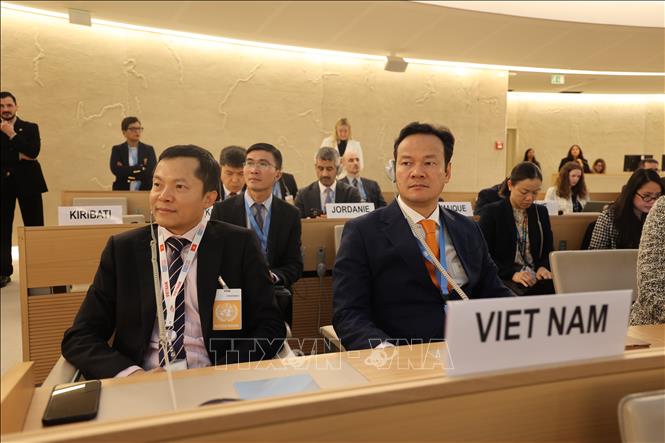







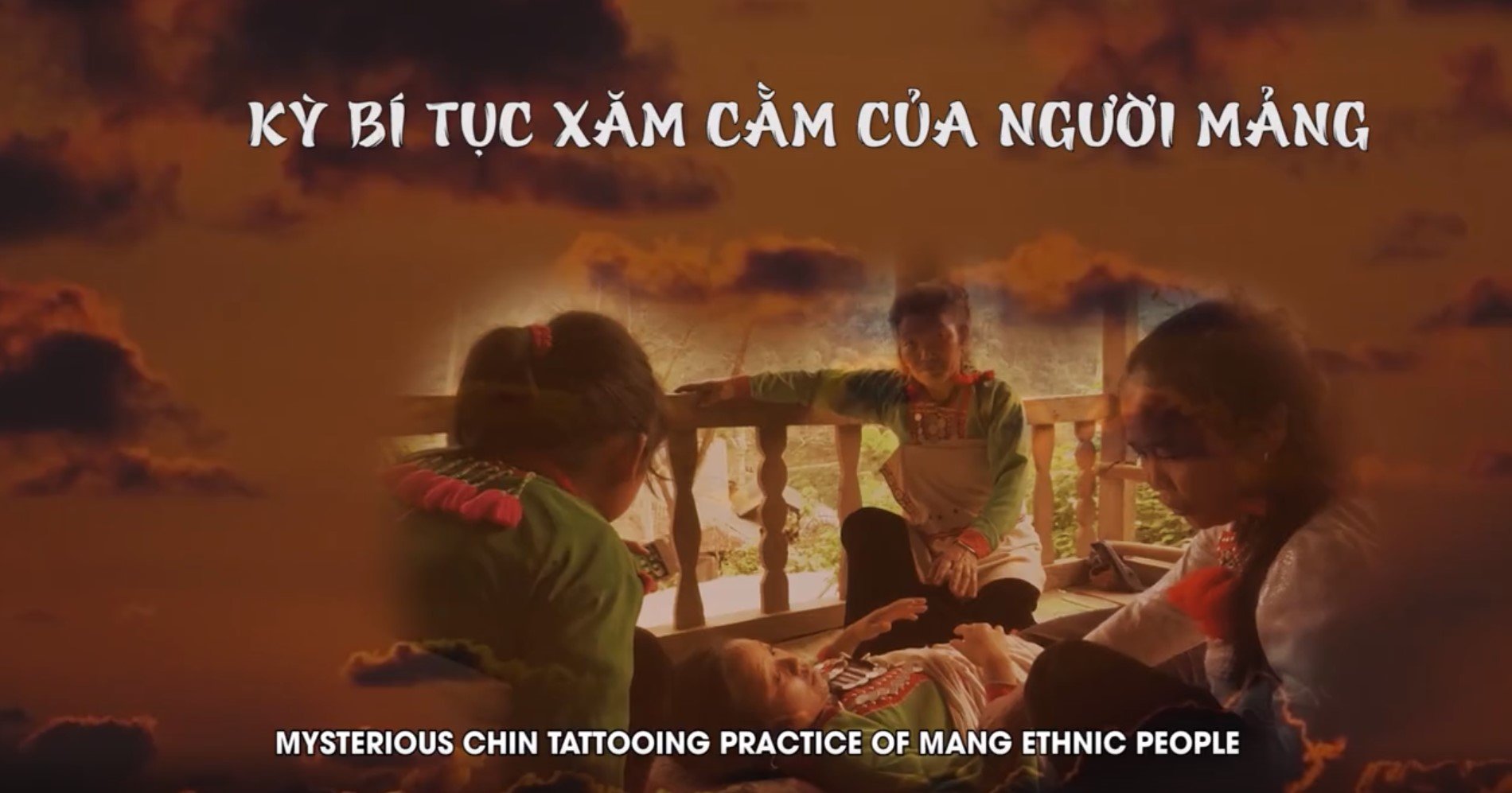
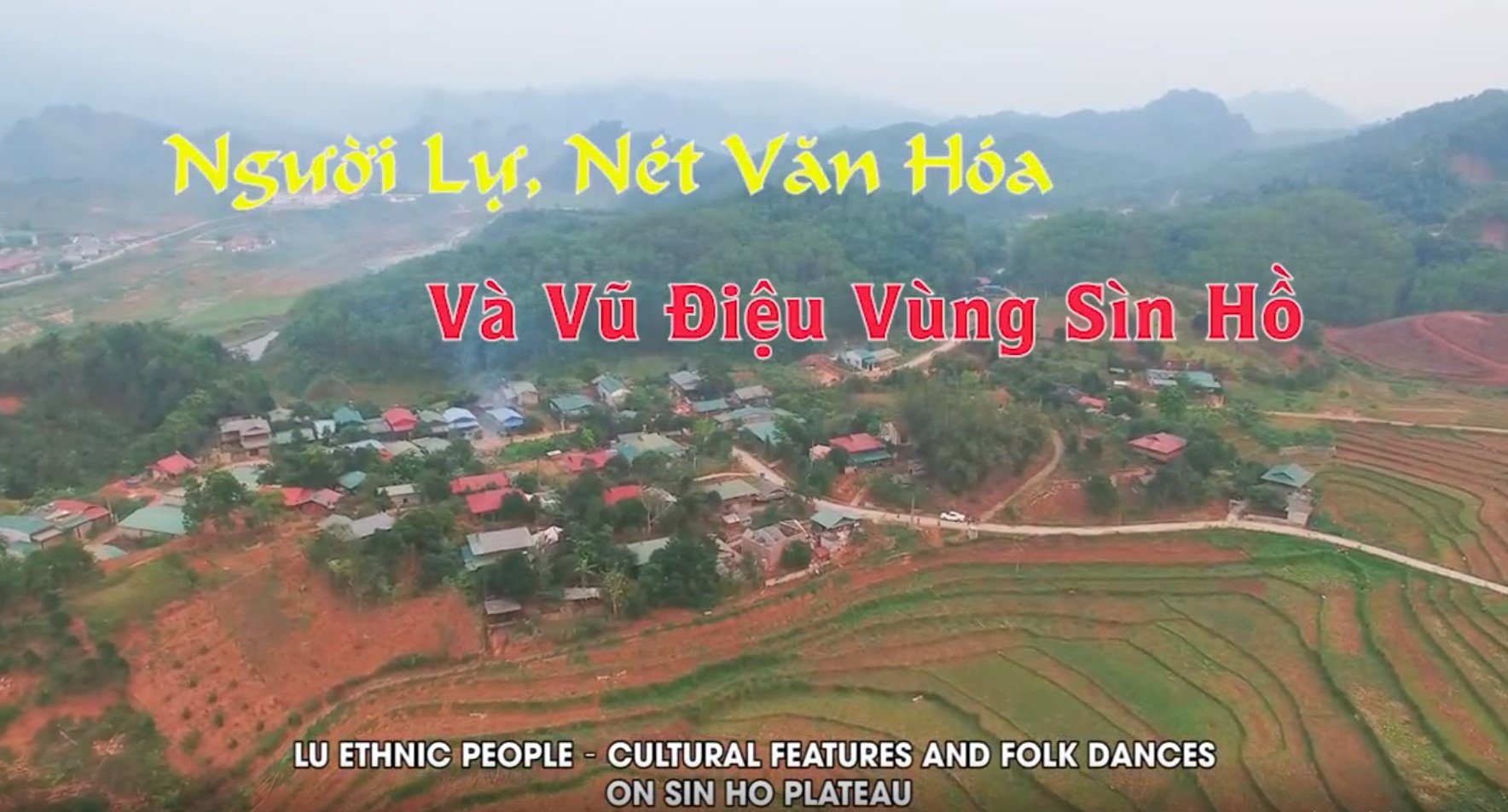
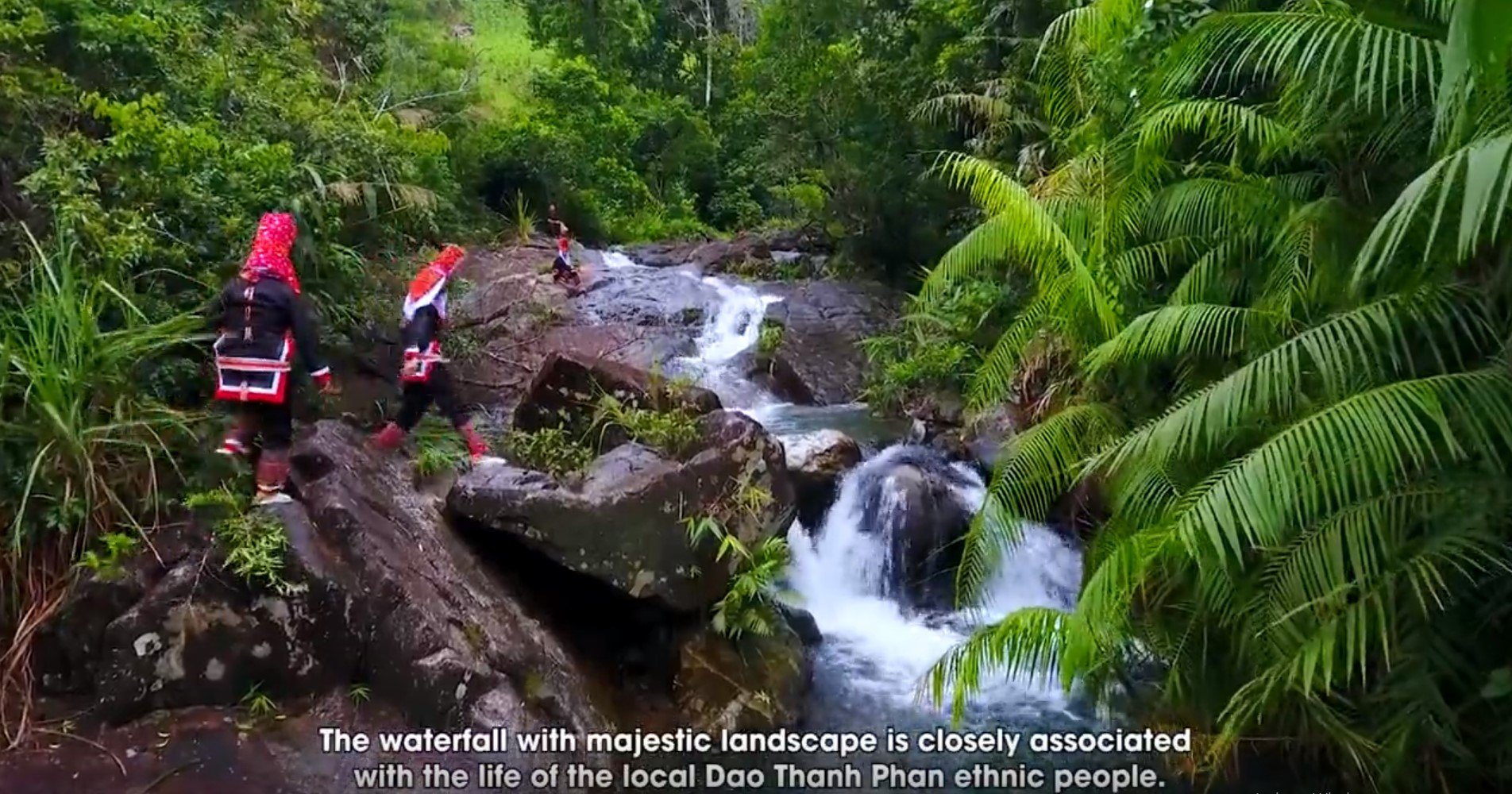

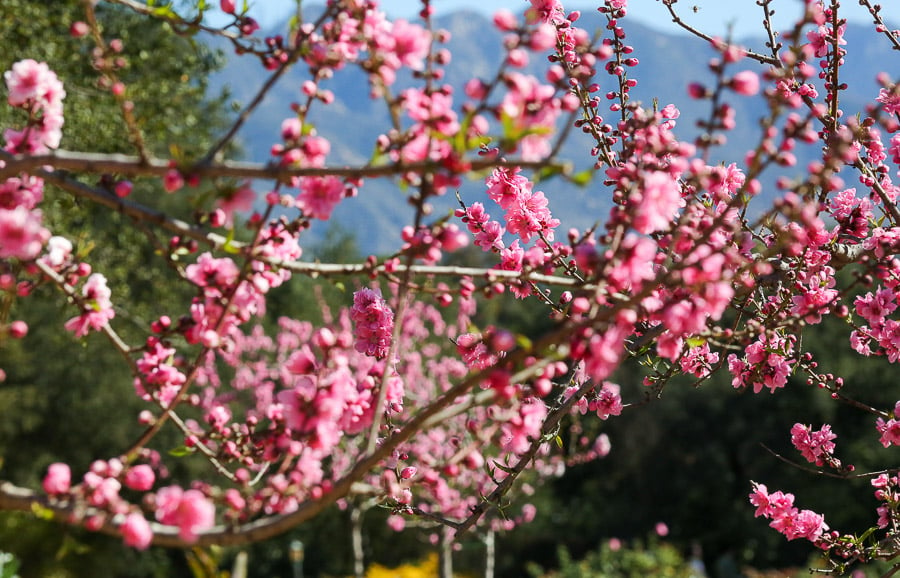








![[Photo] Prime Minister Pham Minh Chinh chairs Government Conference with localities on economic growth](https://vstatic.vietnam.vn/vietnam/resource/IMAGE/2025/2/21/f34583484f2643a2a2b72168a0d64baa)










































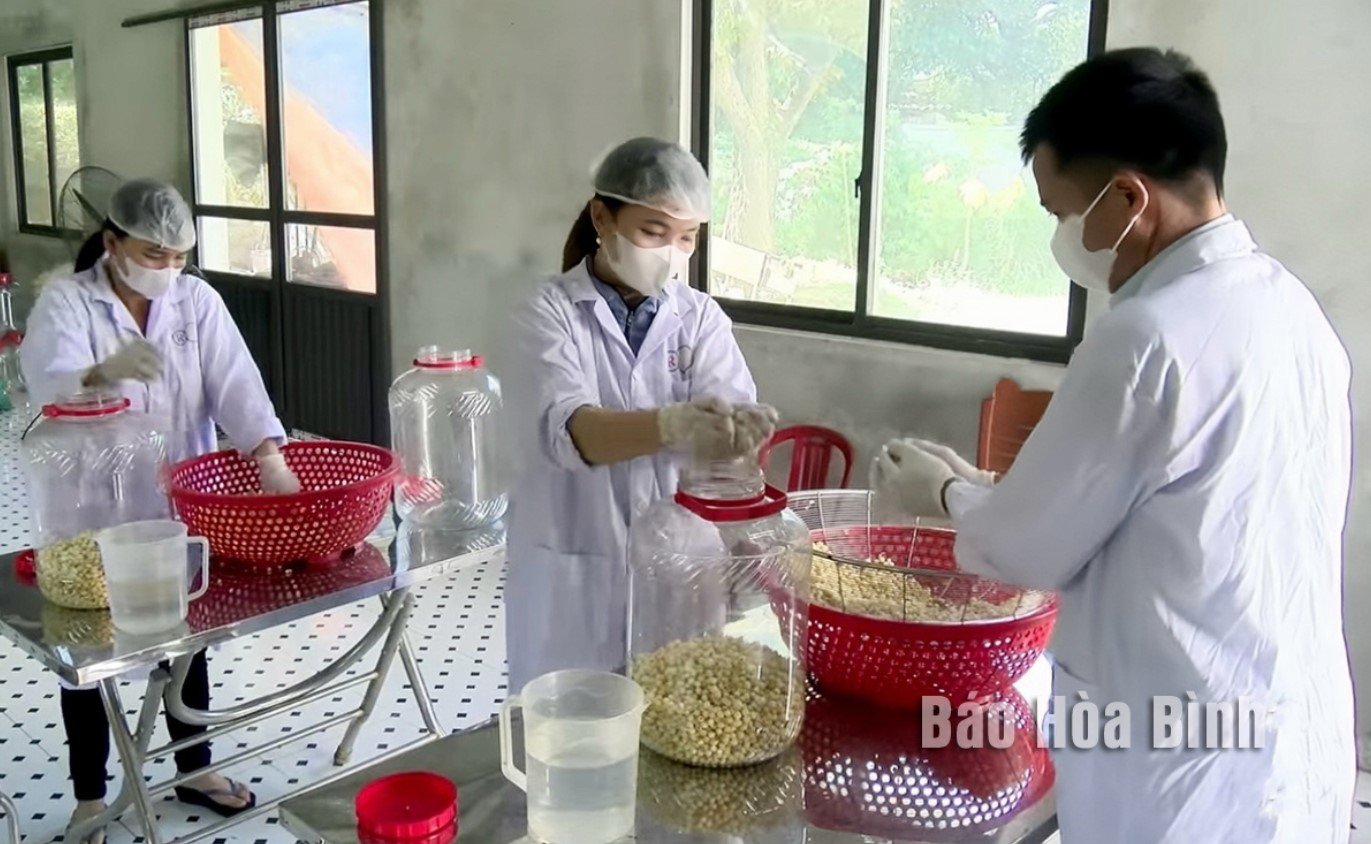






Comment (0)